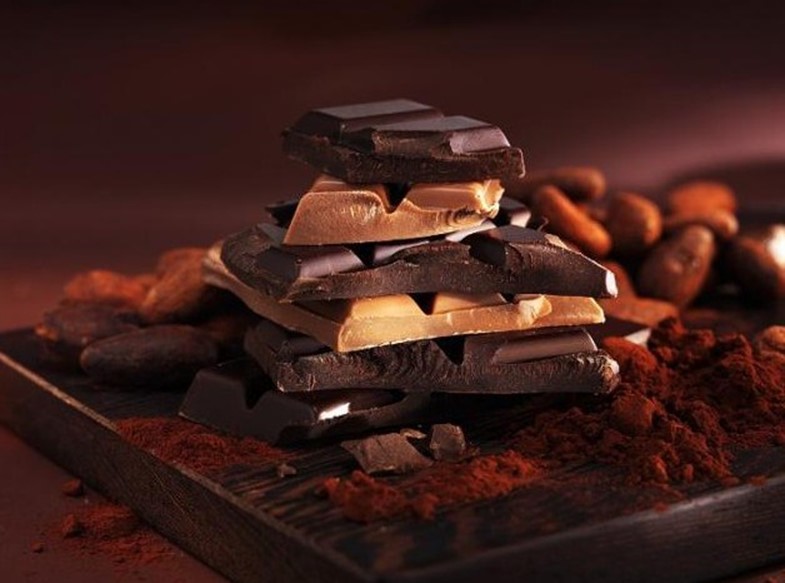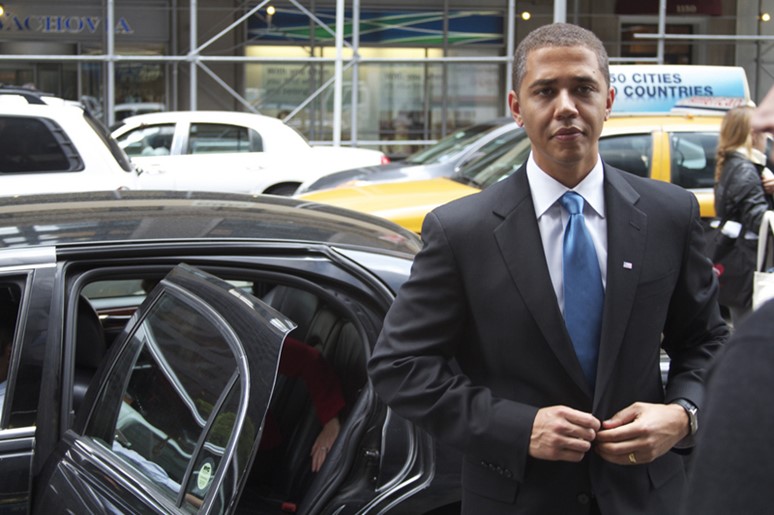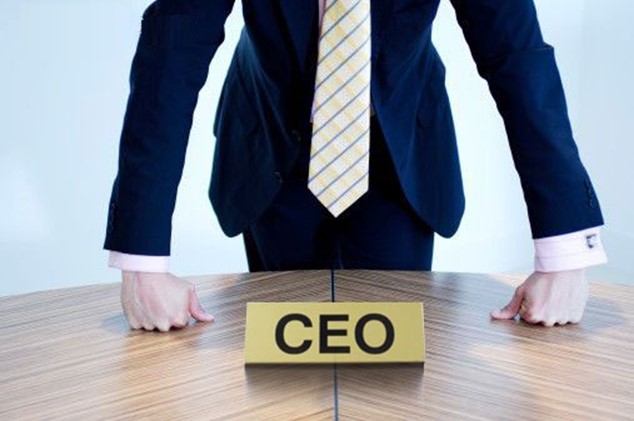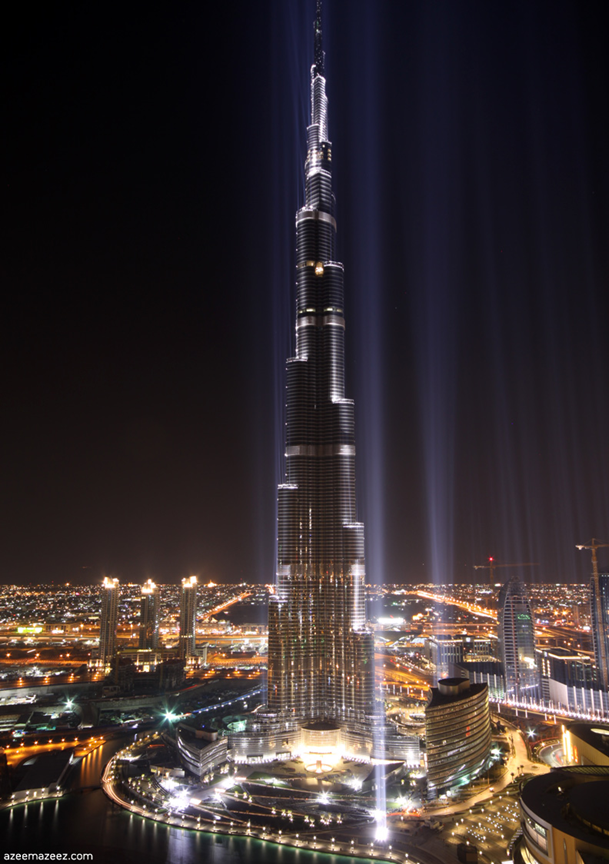Sex And The Olympics
August 1, 2012 in Daily Bulletin, Signature

What happens when you put together thousands of the fittest athletes in the world, in the prime of their youth? Let’s just say that if the Olympics were held between Greek city-states today, the Trojans would have a lot to boast about. Sam Alipour reports:
- In the 2000 Sydney games the 70,000 condoms available weren’t enough and an additional 20,000 had to be ordered. Now the standard is for 100,000 to be in place before the games begin.
- One Olympian estimates that up to 75% of the athletes have sex in the Olympics village, which is off-limits to all but the competitors. “It’s like Vegas.”
- Striking up conversations with people of the opposite sex is easy. You simply ask them what sport they play.
- The Italians are the most promiscuous.
- One athlete says she prefers swimmers, water polo players, and track-team runners.
- Some have blamed sex for underperformance during the actual games. It can become such a distraction that some coaches enforce a curfew and ban cross-gender dorm visitations.
- There are deeper issues involved. Training is intense and it’s difficult to meet new people. In the Olympic village athletes are suddenly put with a group of people who understand exactly what it’s like.
- Part of the appeal is that you’re unlikely to see the same group of athletes ever again.
To find out why this is natural for Olympians who are all extremists, the challenges they set themselves, many choice quotes (including: “This time, when I’m done leaving my legacy on the track, I’ll make sure London remembers me.”), why the swimmers are lucky, the panties, bras and underwear that people walk around in, where the sex takes place, what happens if you can’t pick which one you want to be with, the cultural differences among the different nations, why it’s like college, what happens to the adolescent athletes, what a gold medal can get you, and the experiences of various Olympians click here.
Source: ESPN









Join the Discussion! (No Signup Required)